Best Balance Transfer Credit Cards – 10 Best Credit Cards For Balance Transfers in 2021
Please note that we are not authorised to provide any investment advice. The content on this page is for information purposes only.
Please note that we are not authorised to provide any investment advice. The content on this page is for information purposes only.
Have you ever taken enough time to find out about balance transfer credit cards and how they can help you get rid of your debts? Paying off debts can be an exhausting experience, especially for those owing large amounts. However, the situation gets a lot worse when a significant amount of your payments is being sucked away to pay high-interest rate charges. What if there is a way to get out of this unpleasant situation? Yes, people who owe high-interest debts have discovered ideal ways to ensure that all their payments go straight into clearing out their principal balance and are not used to settle interests – you can do this too.
There are a lot of factors to consider when looking for a 0% introductory APR balance transfer card. However, there is no cause for alarm. We have put together this guide to present to you a list of top options on the US market while showing you exactly how each of them works.
Table of Contents

You must understand that there are different types of cards to choose from, and each of them has its own unique perks and drawbacks. Therefore, you must compare them to discover the one that best suits your financial situation and goal. Also, we have taken quality time for an in-depth review of these credit cards further in this guide.
Balance transfer means moving an outstanding debt balance from one credit card to another. As mentioned above, it is always a messy situation when a substantial amount of the payment you make to settle your debts is siphoned away to pay high-interest charges. This is where balance transfer credit cards come to the rescue. Balance transfer credit cards usually have a very low or 0% introductory APR interest for about 12 to 18 months, and some of them are even charged a $0 transfer fee (though this is becoming rare these days). Therefore, transferring an outstanding debt with high interest to a balance transfer card is a handy tool in your debt reduction plan and can save you thousands of dollars on interest.
However, you must understand that the low-interest or 0% introductory APR has a limited time called the ‘grace period.’ When the grace period ends, and you have yet to clear your credit balance, it will start accruing interests again, this is not good for your finances.
The primary benefit of a Balance transfer card is the low or 0% promotional APR interest that comes with it. This means that for a specific period, you can focus majorly on paying off your principal credit card balance and, at the same time, saving a lot of money on the interest. When strategically done, a balance transfer may help you pay off your balance completely before the promotional period ends. For example, if you have $10,000 in credit card debt with a 20% annual percentage rate (APR), it means you are paying $2,000 in interest annually. This interest could have been saved to clear off the principal credit amount by a 0% APR on a balance transfer credit card.
Another benefit of a balance transfer is that it helps you consolidate all of your existing debts. If you find yourself overwhelmed with multiple debts on multiple credit cards, merging them onto a single balance transfer card will not only help you to enjoy lower rates but also remove the inconvenience of tracking and making multiple monthly payments. Thus, you can focus on paying your debts more efficiently. However, if you’re looking to merge balances from several credit cards, you must be careful to check the credit limit of your balance transfer card and ensure it is high enough to take the amount you wish to transfer.
Your current credit card might give you conditions that are not convenient – such as a high interest rate, high fees, or a short grace period. In these cases, you can move your balance to a new credit card with better terms and close your old account for good. However, if you are looking to close your account, you must ensure that your balance has been completely transferred to avoid any adverse effects on your credit score.
To qualify for the best transfer balance offers (0% introductory APR for a long promotional period), you must have a good to excellent credit score. This means your credit score must be up to 690 or above. Also, keep in mind that you cannot transfer a balance to the same card company you already owe a balance on; for example, you can’t move a balance from a Citi card to another Citi card.
Here, we have put together everything you need to know about our top pick of 10 balance transfer credit cards.
Though its fantastic cash-back offer is not available for balance transfers, this card is still a great option for those who want to save huge sums on interest and a quick pay-off of their debts due to its $0 annual fees and lengthy low-interest period. The Citi Double Cash Card – 18-month BT offer comes with an 18-month introductory 0% APR on balance transfers – a relatively long promotional period and an ongoing APR of 13.99%-23.99% variable based on your creditworthiness. Also, this card has a balance transfer fee of either $3 or $5, whichever is greater. The standard variable APR is 13.99% – 23.99% based on your creditworthiness if you have access to Citi Flex Plan offers.
Note that to qualify for the introductory 0% rate, you must complete the balance transfer within the first four months of opening the account.
Pros
Cons
To make the best use of a Citi Double Cash card, you have to focus on clearing off the transferred debts first, then move on to enjoy the rewards.
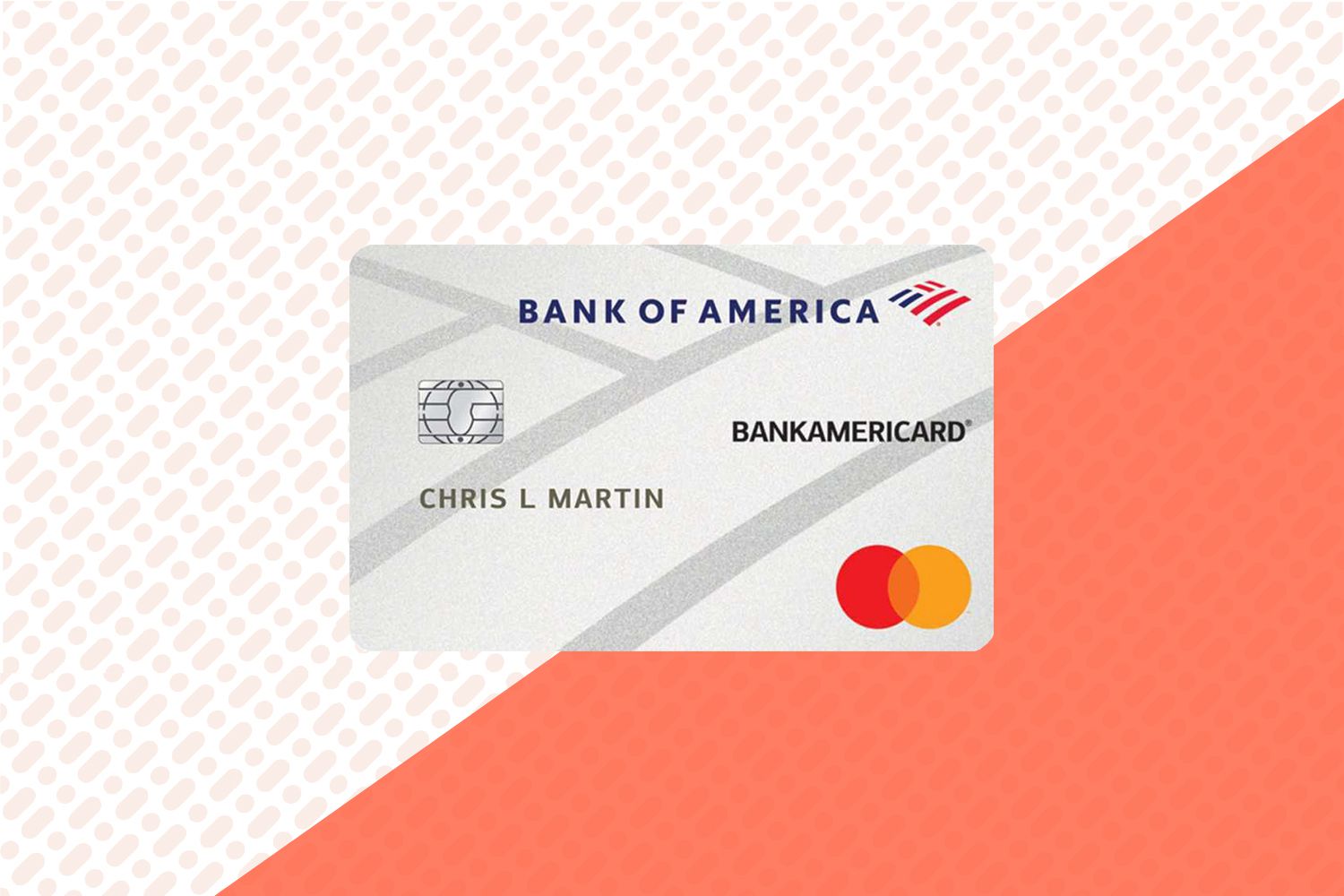
The BankAmericard Credit Card is an excellent option for people who need plenty of time while paying a high-interest credit card debt. It has a 0% APR for 18 billing cycles on both purchases and any balance transfers made with the first 60 days of account opening and an ongoing variable APR of 12.99% to 22.99%. This low ongoing APR makes the BankAmericard Credit Card beat down other competing balance transfer cards that offer similar introductory periods or even longer.
A distinct benefit that makes this card different from others is that it offers a sign-up bonus of $100 statement credit to first-time users when they spend up to $1,000 on purchases within the first 90 days. A 3% fee ($10 minimum) applies to all balance transfers on the BankAmericard Credit Card. Another fantastic feature of this card that is worth your attention is that it doesn’t charge a penalty APR; that is, paying late won’t automatically cause your interest to rise. Many cards charge a penalty APR of 29.99% for late payments.
Pros
Cons
If you are looking for a fast debt-busting tool, then BankAmericard Credit Card is an ideal option for you. You can consider other options if you’re looking for a card you can continue using to earn rewards.
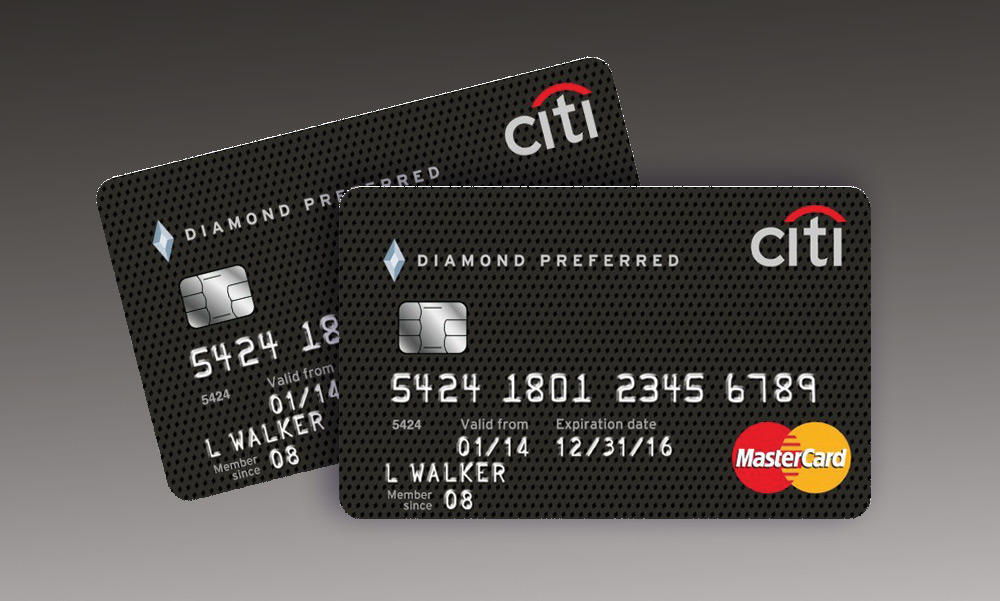
Though the Citi® Diamond Preferred® Card may not offer bonus or reward offers, it is well-known for its very lengthy interest-free period. This makes it an ideal balance transfer credit card because it gives as much time and space as possible to anyone looking to pay a high-interest credit card debt. This card has 0% introductory APR for 21 months on balance transfers made within the first four months of account opening and 0% introductory APR for 12 months on purchases from the date of account opening. The ongoing APR variable for Citi® Diamond Preferred® Card is 13.74% – 23.74%, based on your creditworthiness. Also, it has a balance transfer fee of 5% ($5 minimum) of the amount of each transfer, whichever is greater.
Pros
Cons
If you need a lot of time to settle a debt, then Citi® Diamond Preferred® Card is your best bet.
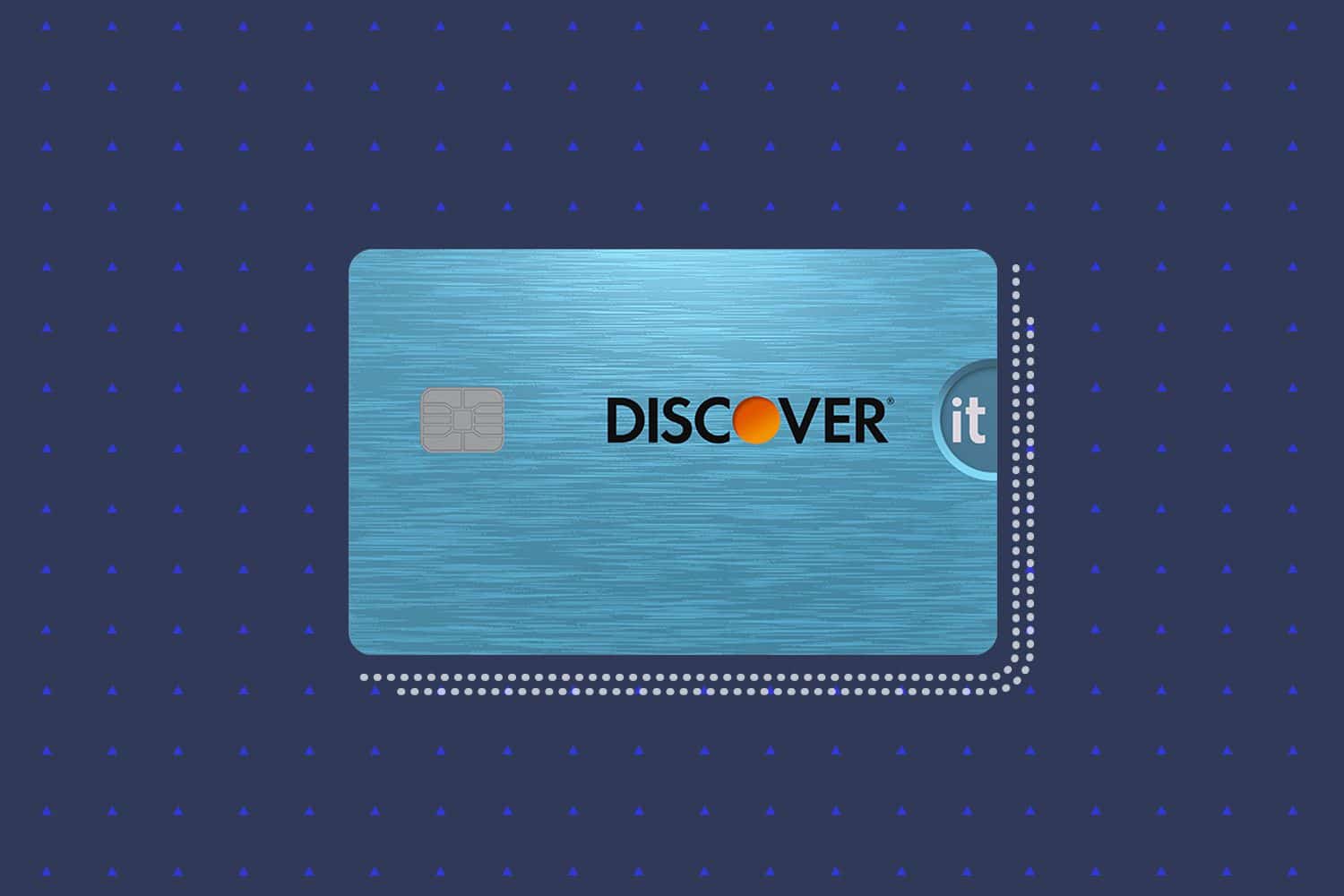
The Discover it® Balance Transfer card stands out from most other balance transfer credit cards because it does not only help in paying off high-interest debts but also offers competitive cash-back rewards. This card has 0% introductory APR for 18 months on balance transfers and 0% introductory APR for six months on purchases. It also has an ongoing 11.99% to 22.99% variable APR, which is relatively low compared to other balance transfer cards and a balance transfer fee of either $3 or $5, whichever is greater.
Discover it® Balance Transfer card does not only offer cash-back rewards and welcome bonuses but also makes a lot of amazing provisional offers available. This card doubles all the cash-back bonuses earned within the first 12 months of usage and offers 1-5% bonuses on purchases. Also, you never have to worry about annual charges, foreign charges, penalty APR or a late fee on your first late payment (charges of $40 apply after this).
Pros
Cons
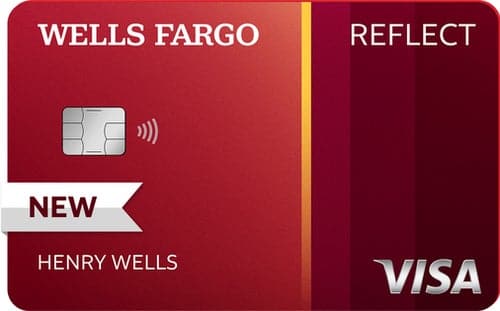
When used rightly, this card has the most extended 0% introductory APR periods. It offers 18 months of introductory interest-free interval on both balance transfers and purchases, plus an offer of a 3-months extension if you make your balance transfers and purchases you can find on any balance transfer credit card. It has monthly minimum payments on time while the introductory offer is in effect. Thus, you have up to 21 months available to skip interest. Wells Fargo Reflect℠ Card has a fantastic cellphone protection perk of up to $600 and an ongoing 12.99% to 24.99% variable APR (this ongoing APR is relatively low compared to other balance transfer cards). This card also has a standard transfer fee of 3% (5 percent after the first 120 days, $5 minimum).
Pros
Cons
If you are looking for an extra-long period to pay off your debts, Discover it® Balance Transfer card is your best option.
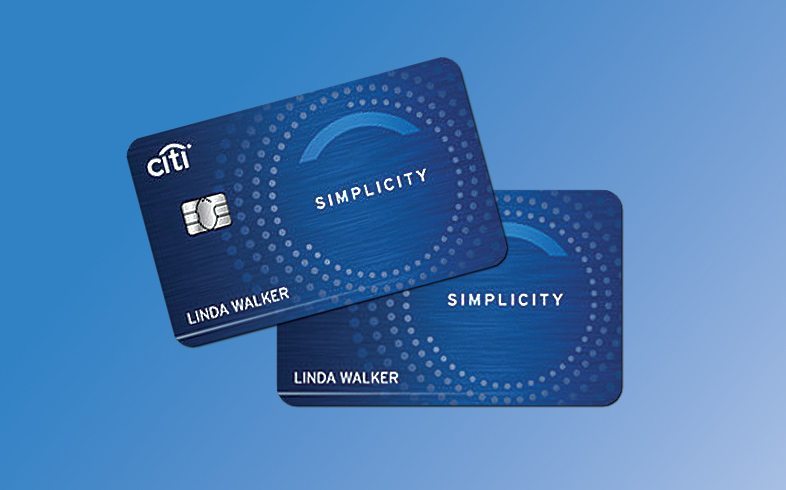
Citi Simplicity® Card is well known for its lengthy 0% introductory period and tolerance of major penalties and fees. It has a 0% introductory APR for 21 months on balance transfers from the day of the first transfer and a 0% introductory APR for 12 months on purchases from the day of account opening. It has a 14.74% to 24.74% variable APR and a balance transfer fee of $5 or 5% of the amount of each transfer, whichever is greater. Citi Simplicity® Card is different from other balance transfers in that it won’t charge late payment fees or subject you to a penalty APR.
Pros
Cons
Citi Simplicity® is an ideal card option for you if you need plenty of time to pay off a debt. However, you might consider other alternatives if you need a card to finance large purchases – including cards that offer welcome rewards and ongoing bonuses.
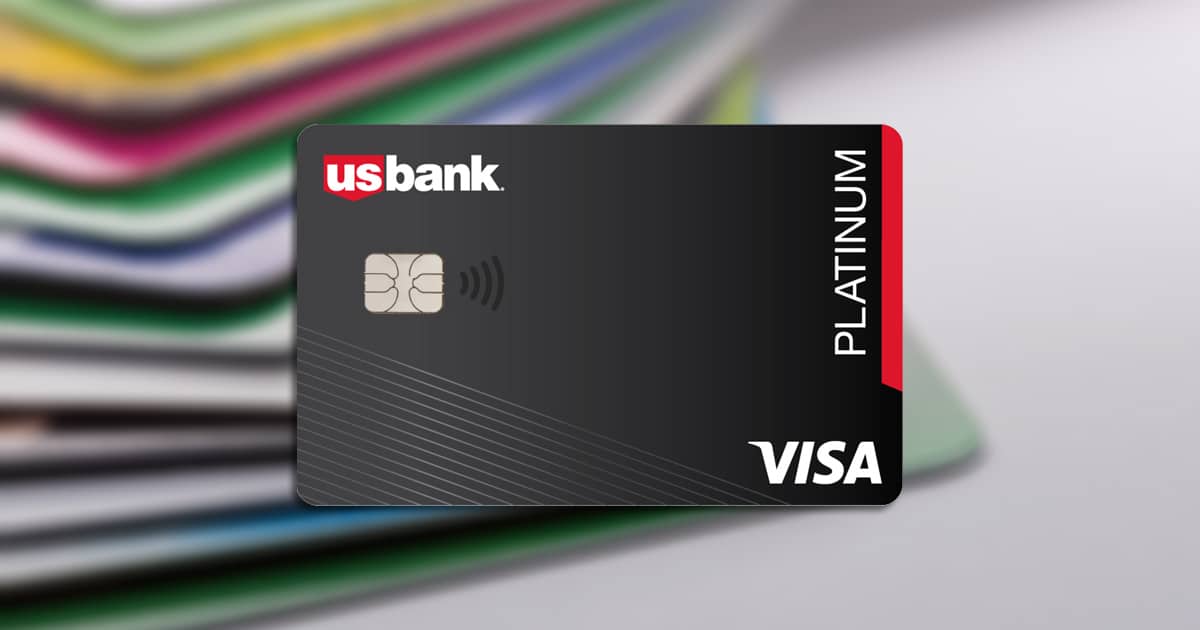
The U.S. Bank Visa® Platinum Card takes its place as one of the longest introductory interest-free periods, with a generous offer of 0% introductory APR for 20 billing cycles for both balance transfer and purchases. The breathing space it provides and its fantastic cellphone protection perk makes it one of the US’s safest balance transfer card options. This card has a 14.49% to 24.49% (variable) APR and a 3% balance transfer fee ($5 minimum). Also, you are charged no annual fee and can choose a payment due date that fits your schedule. The U.S. Bank Visa® Platinum Card offers $600 protection on your phone (minus a $25 deductible) when you use it to pay for your monthly cellular bill. However, before you decide, note that most of this card’s benefits end with the 0% introductory period.
Pros
Cons
The U.S. Bank Visa® Platinum Card gives a liberal amount of time to pay off debt and make purchases. However, you might consider other alternatives for long time use.
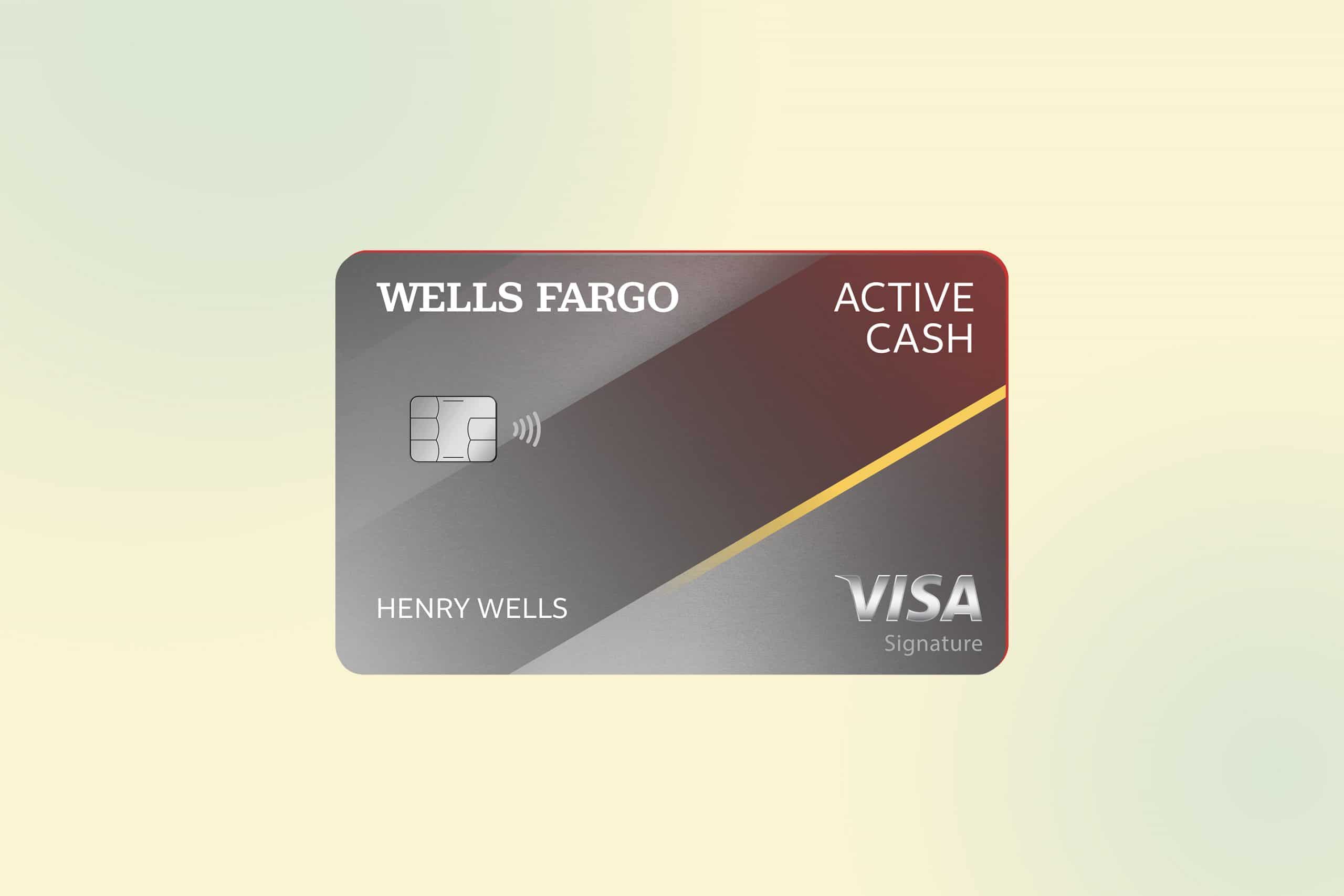
This card takes the top spot for offering one of the highest possible cash-back reward rates on purchases without limits or restrictions. It is perfect as a balance transfer card and still beneficial even after your debts have been cleared off. It offers a 0% introductory APR for 15 months for qualifying balance transfers and purchases, a 14.49% to 24.49% (variable) APR, and a standard transfer fee of 3% (5% after the first 120 days, $5 minimum). Also, it offers a welcome reward of $200 (after spending $1,000 on purchases for three months) and you $600 protection on your phone (minus a $25 deductible) when you use your card to pay for your monthly cellular bill. You also get a 2% cash-back on all purchases.
Pros
Cons
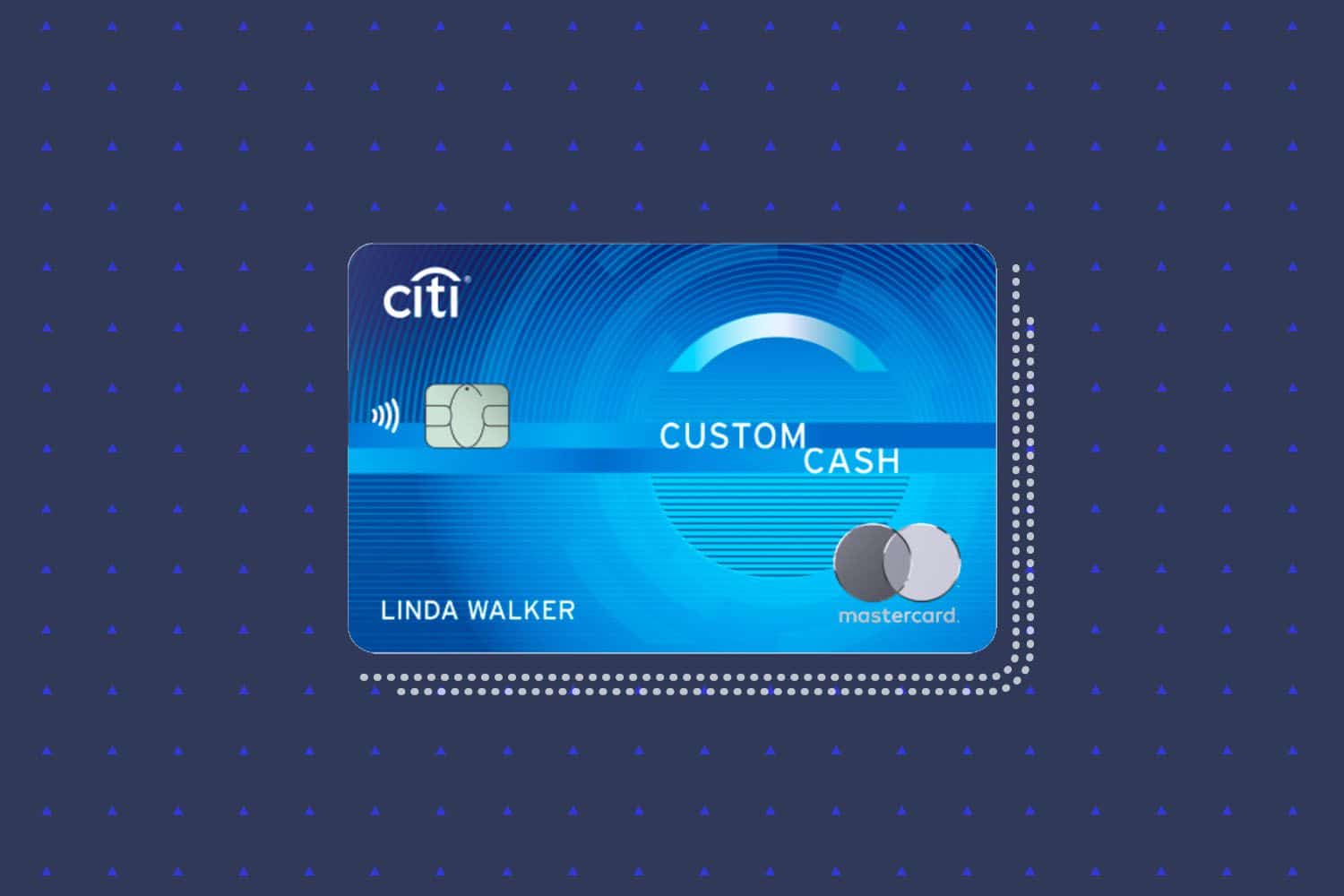
This card offers a long-term value as it goes beyond balance transfer offers to give many rewards to its users – including cellphone protection perks. It has 0% intro APR on purchases and valid balance transfers for 15 months and a 13.99% to 23.99% (variable) APR. It also offers sign-up bonuses and ongoing cash-back rewards such as 5% cash-back (up to $500 each billing cycle) then 1% on other purchases.
Pros
Cons
Due to its $500 spending cap per billing cycle on its cash-back rewards, a Citi Custom Cash℠ Card is best paired with other cards for major purchasing purposes.
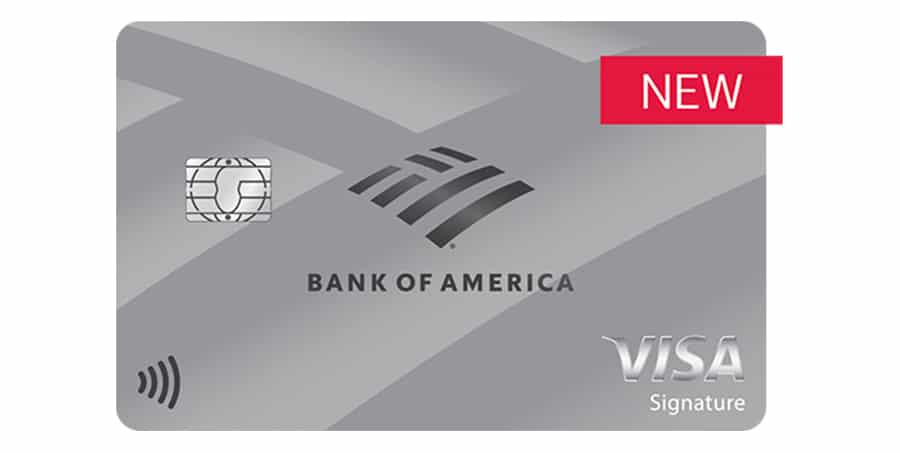
Bank of America® Unlimited Cash Rewards credit card provides a great 0% introductory APR on balance transfers and allows you to earn ongoing rewards. It gives 0% introductory APR for 15 billing cycles on balance transfers made in the first 60 days and purchases, offers a 13.99% to 23.99% ongoing (variable) APR, and charges 3% (or $10) of the amount of each balance transfer transaction. For rewards, this card gives a cash-back of 1.5% on every purchase and a bonus of $200 (after spending $1,000 on purchases in the first 90 days of account opening).
Pros
Cons
Bank of America® Unlimited Cash Rewards credit card is an ideal option if you want a low-maintenance card with rewards and offers.
Card issuers consider many factors for balance transfer approvals, and a major part of these factors is your credit score. Though bad credit doesn’t outrightly disqualify you from getting balance transfer cards, it somehow shuts you out of obtaining the best ones as they are often reserved for people with good to excellent credit, that is, a credit score of 690 and above. However, we have a brief list of options to consider when looking for balance transfer cards for bad credit.
Before you consider these options, it is essential to do the maths on their introductory low-interest APR duration, potential interest savings, and balance transfer fees to see if they are ideal for your debt-busting strategy. If not, you may have to consider alternatives than balance transfer to manage debts with bad credit.
Card issuers can look beyond your credit score for balance transfer approvals. They sometimes perform a credit check to look through your financial history. Credit check, also known as credit report, gives providers access to your credit histories such as mortgages, outstanding balances, auto loans, student loans, foreclosures, late or missed payments, any bankruptcies, and collection account. This is so that they can access your risk level and determine if you are a valid candidate. However, secured credit cards are a way to help re-establish credit as quite a number of them are the best balance transfer cards for no credit check.
Grace Period: This is the time between the end of the credit card billing cycle and the bill’s due date. That is, it is the period during which you are allowed to pay your credit balance on a balance transfer credit card without having to pay interest (at least 21 days by the law)
Low-interest rates: This is when a balance transfer card offers a low introductory APR for a credit balance that initially has high-interest rates.
No annual fees: This is when a balance transfer card issuer does not charge yearly fees for using their cards.
A balance transfer is a powerful weapon to fight off debts with high-interest rates when rightly used. However, it is best to have a solid plan to pay off your credit balance before the introductory offer ends, as failure to do this might land you in messier debts. Also, before choosing a balance transfer card provider, make sure you have an in-depth understanding of its terms and do enough calculations to make sure it suits your financial situation and goals.

ALSO CHECK: